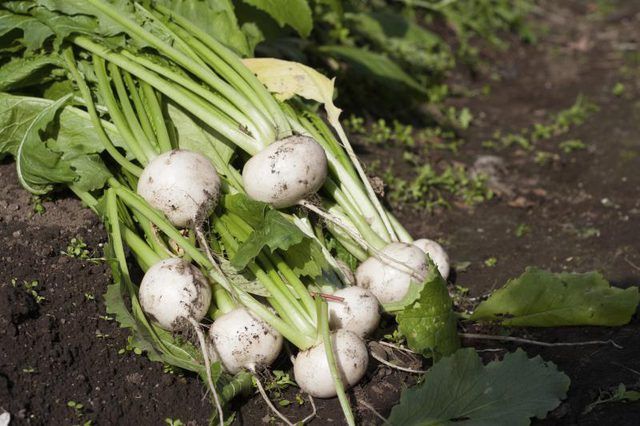Bulbs
Flower Basics
Flower Beds & Specialty Gardens
Flower Garden
Garden Furniture
Garden Gnomes
Garden Seeds
Garden Sheds
Garden Statues
Garden Tools & Supplies
Gardening Basics
Green & Organic
Groundcovers & Vines
Growing Annuals
Growing Basil
Growing Beans
Growing Berries
Growing Blueberries
Growing Cactus
Growing Corn
Growing Cotton
Growing Edibles
Growing Flowers
Growing Garlic
Growing Grapes
Growing Grass
Growing Herbs
Growing Jasmine
Growing Mint
Growing Mushrooms
Orchids
Growing Peanuts
Growing Perennials
Growing Plants
Growing Rosemary
Growing Roses
Growing Strawberries
Growing Sunflowers
Growing Thyme
Growing Tomatoes
Growing Tulips
Growing Vegetables
Herb Basics
Herb Garden
Indoor Growing
Landscaping Basics
Landscaping Patios
Landscaping Plants
Landscaping Shrubs
Landscaping Trees
Landscaping Walks & Pathways
Lawn Basics
Lawn Maintenance
Lawn Mowers
Lawn Ornaments
Lawn Planting
Lawn Tools
Outdoor Growing
Overall Landscape Planning
Pests, Weeds & Problems
Plant Basics
Rock Garden
Rose Garden
Shrubs
Soil
Specialty Gardens
Trees
Vegetable Garden
Yard Maintenance
How to Grow Turnip Greens
How to Grow Turnip Greens. Tender little turnip greens (Brassica rapa var. rapifera) make salads pop with their mustardlike flavor, and these fast-growing greens pretty much take care of themselves as long as the growing season is right. Though technically a biennial hardy in U.S. Department of Agriculture plant hardiness zones 3 through 10,...

Tender little turnip greens (Brassica rapa var. rapifera) make salads pop with their mustardlike flavor, and these fast-growing greens pretty much take care of themselves as long as the growing season is right. Though technically a biennial hardy in U.S. Department of Agriculture plant hardiness zones 3 through 10, turnips are most commonly grown as an annual, cool-season vegetable crop.
Sun and Soil
Turnip greens like lots of sun, good drainage and lots of water. Ideally, find a spot that gets at least six hours of direct sun a day with loamy or sandy soil. Space the seedlings 2 to 4 inches apart. Since you'll be harvesting the tender greens, rather than the turnips themselves, you can grow the plants close together. For a turnip harvest, you'd go with a spacing of about 6 inches between plants.
Regular Water
Water turnip greens once a week during dry weather. The greens need about 1 inch of water per week, but if you have fast-draining soil that dries out quickly, you may need more water. Feel the soil, and if it's dry half an inch down, add water. During hot days, the greens may need watering more frequently than once a week.
Soil Amendments
Turnip greens don't require a lot of extra nutrients during the growing season. Ideally, mix 1 cup of 10-20-10 fertilizer for each 10-foot row into the soil before you plant. You can replace the fertilizer with compost before planting. Use seasoned compost and spread it 1 to 3 inches deep. Mix it into the soil 3 to 4 inches deep before planting.
Timing
Growing turnip greens doesn't take much time -- some are ready in as few as 28 days and most within 40 days of planting -- but they need cool weather to grow well. In cold winter climates, grow turnip greens in the spring and fall. If winters are cool and damp and mostly frost-free with hot summers, grow turnip greens in the winter garden. You can spread out the harvest by planting two or three separate plantings 10 days apart.
Using Turnip Greens
Turnip greens are ready to eat as soon as they get 6 inches tall. At this early stage they go well in salads and are tender enough to eat raw. As the plants mature, the leaves get gradually tougher and are better consumed after being sauteed or stewed. Treat mature turnip greens like you would other leafy green vegetables, such as kale (Brassica oleracea [Acephala group]), an annual hardy in USDA zones 2 through 11.